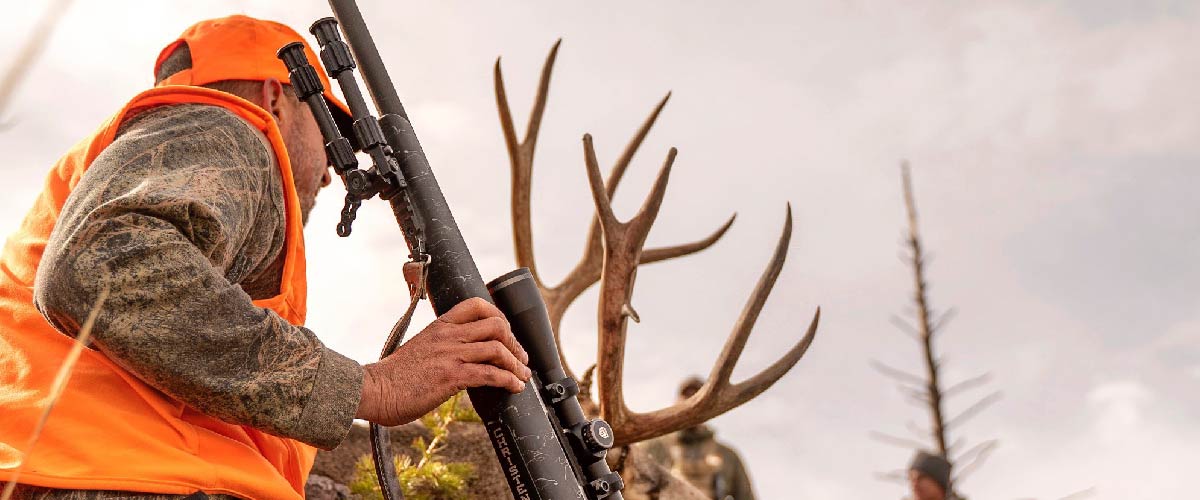Best Scope for Deer Hunting

In order to choose the right rifle scope, you need to understand your target. Deer are a popular game because they are a challenging target: they’re fast, smart, and highly perceptive. One wrong move can send a deer racing away from a hunter.
A scope will help you take accurate shots at your target. There are a few special considerations for deer, and this article will guide you through them so you can be sure to nab a set of antlers for your living room wall.
Magnification
Deer are easier to shoot at long ranges. When you get too close to deer, a sound or even your smell can scare them off. This means you need a higher magnification for your scope, at least 9x or higher. Some scopes offer a variable magnification, like 9-24x. If you’re going to be hunting at different distances, invest in one of these.
You may also want a scope with a parallax adjuster to shoot at long distances. This will help you set the focus and ensure your reticles are correctly reflecting where your bullet will end up.
Light Transmission
The higher the magnification, the more glass is in your lens. The more glass, the less light gets through. If you want your scope to work all through the day, including dusk and dawn, you’ll need a solution to this.
A larger objective lens will let in more light. Just be aware that a larger objective lens will also be heavier, which could get tiring to carry around all day. If you know you’ll be hunting only during sunny hours, this may not be as much of a concern. But the extra weight is worth it if you will be in low-light settings.
A fully multicoated lens allows maximum light transmission. “Fully multicoated” means every piece of glass is covered with multiple coats. Don’t get lost in the marketing lingo; “coated,” “fully coated,” and “multicoated” do not mean the same thing as “fully multicoated.”
Eye Relief
Deer are not small game. This means you’re likely using a hefty cartridge like the 6.5 Creedmoor, the .30-06 Springfield, or the 7mm Remington Magnum. Depending on the exact caliber and your rifle, you probably have a strong recoil when you’re hunting deer.
Make sure you get a scope with an eye relief of at least 3.5 inches. This will keep your scope from knocking you in the eye when you shoot your firearm.
Reticles & Turrets
Your scope can help you calculate adjustments for bullet drop over extended distances and wind resistance. You should be able to measure these variations through your reticle, and make adjustments through the turret system. Choose the reticles that you are most comfortable with and will be easiest to calculate quickly: MOA is generally easier if you’re used to inches and yards, while Mil-Dots are easier if you’re used to centimeters and meters.
It’s best if your turrets can reset to zero, and can lock so that you don’t end up with any accidental adjustments. If you’re planning to shoot in low light, find reticles that will provide their own illumination.
In Conclusion…
There are many great options for scopes on the market. Your scope is an investment as important as your firearm. Choose a well-made scope from a quality manufacturer that will improve your accuracy over the long ranges that deer hunting requires.